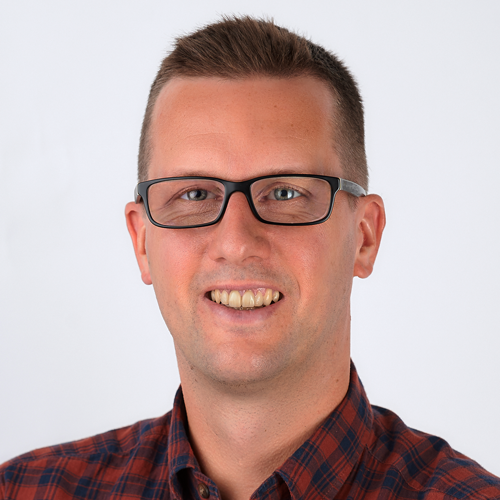 \
&
Contact us
\
&
Contact us
 \
&
Contact us
\
&
Contact us
The Climate-KIC community currently involves organizations from diverse sectors including businesses, universities, cities, public agencies, and NGOs. With a focus on climate action, the Climate-KIC community aims to drive breakthrough innovation and help Europe achieve its goal of a zero-carbon economy by 2050.
As the financing cycle by the European Commission ended in 2025, the Climate KIC relaunched as a not-for-profit foundation and signed a Memorandum of Cooperation with the European Inistitute of Innovation and Technology (EIT). However the main mission "to catalyse systemic change for climate action through innovation, radical collaboration and place-based approaches" remains the same.
The community is structured around several integrated programs:
To explore opportunities and stay updated on the latest news, visit the Climate-KIC webpage and check their open calls for proposals. You can easily contact them directly by filling in the form on their website.
Also, you can contact the National Contact Point for Flanders, fernanda.werneck@vlaio.be (on maternity leave, replaced by pascal.verheye@vlaio.be)
Partnerships group the EC and private and/or public partners, to coordinate and streamline the research & innovation initiatives and funding in some selected key domains.

pascal.verheye@vlaio.be
Funded by Horizon Europe, under call topic HORIZON-WIDERA-2021-ERA-01-80, INSPIRE is Europe's Centre of Excellence on inclusive gender equality in research and innovation. It relies on four Knowledge and Support Hubs to create knowledge in the areas of sustaining change, widening participation, intersectionality and innovation. Moreover, it supports stakeholders in their journey to become more inclusive through 12 Communities of Practice. In this way, INSPIRE aims to develop both cutting-edge knowledge and innovative strategies for gender equality in the European Research Area. INSPIRE brings together 14 partners. The Belgian partner in this project is UHasselt.